Difference Between Multiplexing and Demultiplexing in Computer Networks
Internet Control Message Protocols. The difference between multiplexer and demultiplexer is that multiplexer takes a single input and provides several outputs.
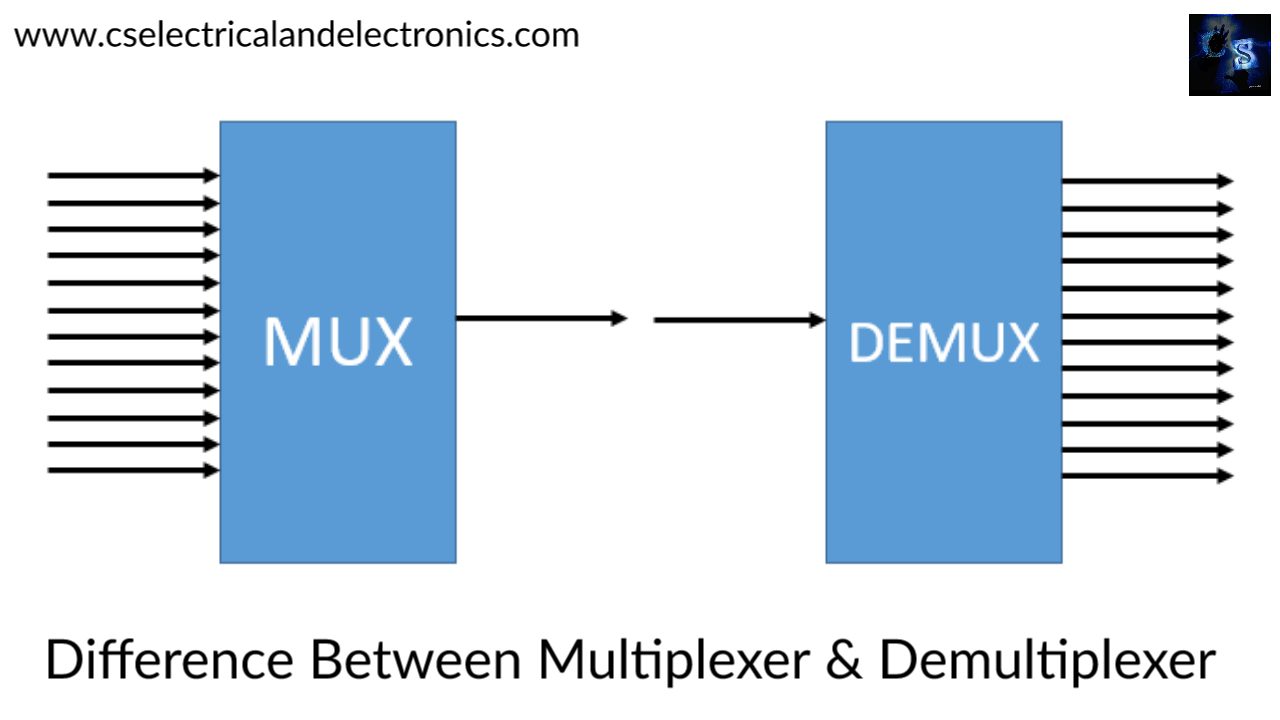
Difference Between Multiplexer And Demultiplexer In Electronics
The drug demultiplexer is used to treat multiple conditions.
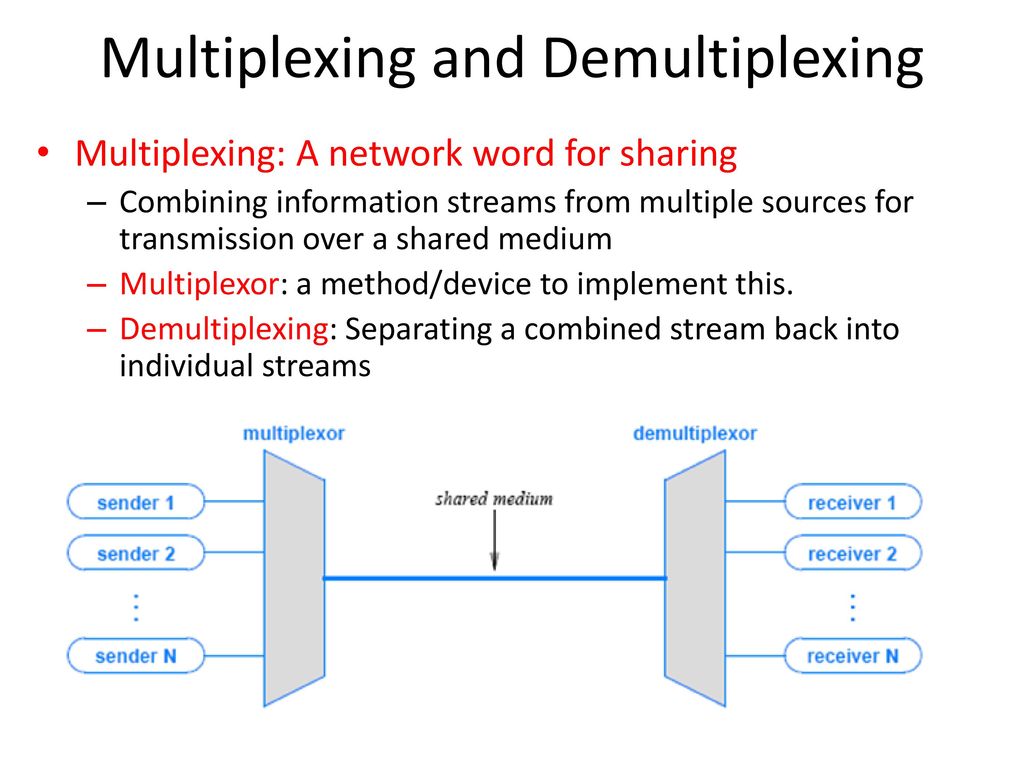
. Multiplexing and demultiplexing are two common jargon in network transmission field. For DE-multiplexing purpose it has One inputs many. Demultiplexing is the reverse of multiplexing in which a multiplexed signal is decomposed in individual signals.
The set of techniques that allows the simultaneous transmission of multiple signals across a single data link is commonly referred to as Multiplexing. This is a method of combining more than one signal over a shared medium. The aim is to share a scarce resource.
Multiplexing is done in a many-to-one fashion with n input lines and one output line. The major difference between inverse multiplexing and the process of demultiplexing is that- demultiplexing generates unrelated output streams while inverse multiplexing generates related streams of output. Multiplexing is done by using the hardware that is called as Multiplexer MUX.
Inverse multiplexing is the opposite of the multiplexing process. DEMUX separates a signal into its component signals one input and n outputs. Demultiplexing is accomplished at the receiving end by employing a device known as a Demultiplexer DEMUX.
Multiplexing is achieved by using a device called Multiplexer MUX that combines n input lines to generate a single output line. Learn what multiplexing is and how it works in computer networks. Multiplexing is method or technique in which more than one signals are combined into one signal that travels on a medium.
One signal to multiple signal demultiplexing Conclusion. As a result demultiplexing follows the one-to-many technique. Multiplexing follows many-to-one ie n input lines and one output line.
Demultiplexing is the reverse of multiplexing in which a multiplexed signal is decomposed in individual signals. Demultiplexing Delivering received segments at receiver side to the correct app layer processes is called as demultiplexing. A demultiplexing process is the opposite of a multiplexing process in which individual signals are decomposed.
Multiplexing is a process that allows multiple signals to travel simultaneously over a single communication channel or path. Internet Protocol Version 4IP4. A multiplexer works on the transmitting side and a demultiplexer works on the receiving side.
De-multiplexing is reverse of multiplexing. Actually you can see the difference between multiplexing and demultiplexing in essence from their definitions. Multiplexing Gathering data from multiple application processes of sender enveloping that data with header and sending them as a whole to the intended receiver is called as multiplexing.
In this tutorial we will be covering the concept of Multiplexing in Computer Networks. In Multiplexing at the Transport Layer the data is collected from various application processes. In demultiplexer we have one input and two output lines where n is the selection line.
It basically breaks one stream of data into multiple related streams of data. Multiplexing is a method or technique in which more than one signal is combined into one that travels through a medium. Multiplexing is method or technique in which more than one signals are combined into one signal that travels on a medium.
Internet Protocols Version 6. The transport layer has the responsibility of delivering the data in these segments to the appropriate application process running in the host. The method of extracting the original data streams from the multiplexed signal is called demultiplexing.
It have so many inputs one output. Lets take a look at an example. A multiplexing-demultiplexing service is needed for all computer networks.
A digital multiplexer is a combinational circuit that chooses binary data from one of many input lines and conducts it to a single output line. Difference Between Multiplexing and Demultiplexing Multiplexing is method or technique in which more than one signals are combined into one signal that travels on a medium. Why multiplexing is necessary.
No matter whether you have any question about your network connection or not it is better to have a general. Watch what is demultiplexing in networking Video. The advantage of multiplexing is that we can transmit a large number of signals to a single mediumIn order to transmit various signals over the same channel it is essential to keep the signals apart to avoid the interference between them and then it can be easily separated at the receiving end.
A demultiplexer is a circuit that receives data on a single line and transmits this data on one of many output lines. A multiplexer merges signals of all nodes and loads them on the mediumpath. Computer Network Internet MCA Multiplexing Multiplexing is the process of collecting the data from multiple application processes of the sender enveloping that data with headers and sending them as a whole to the intended receiver.
DEMUX divides a signal into its constituent components one input and n outputs. Multiplexing in computer networks increases the amount of data that can be transmitted in a. Demultiplexing demux with Diagram Demultiplexing is totally reverse of multiplexing in demultiplexing a signal is again decomposed in individual signals.
The multiplexed signal is transmitted over a communication channel such as a cable. When these signals arrive at the demultiplexer the demultiplexer separates all the signals and passes them to their respective nodes. Multiplexer contains multiple inputs and a single output.
The technique reduce number of channels of electrical connections for the transmission of multiple signals. Web Length Division Multiplexing. In telecommunications and computer networks multiplexing sometimes contracted to muxing is a method by which multiple analog or digital signals are combined into one signal over a shared medium.
In this method a multiplexed signal is again decomposed in individual signals. At the destination the received message is unwrapped and constituent messages viz messages from a hike and WhatsApp application are sent to the appropriate application by looking to the destination the port number. This process is called demultiplexing.
Multiplexing divides the capacity of a communication channel into several logical channels each for a data stream. This process is called multiplexing. Difference Between Multiplexing and Demultiplexing.
The methods of multiplexing are as follows. This tutorial explains the types of multiplexing and demultiplexing in detail. Demultiplexing is achieved by using a device called Demultiplexer DEMUX available at the receiving end.
At the destination host the transport layer receives segments from the network layer just below.
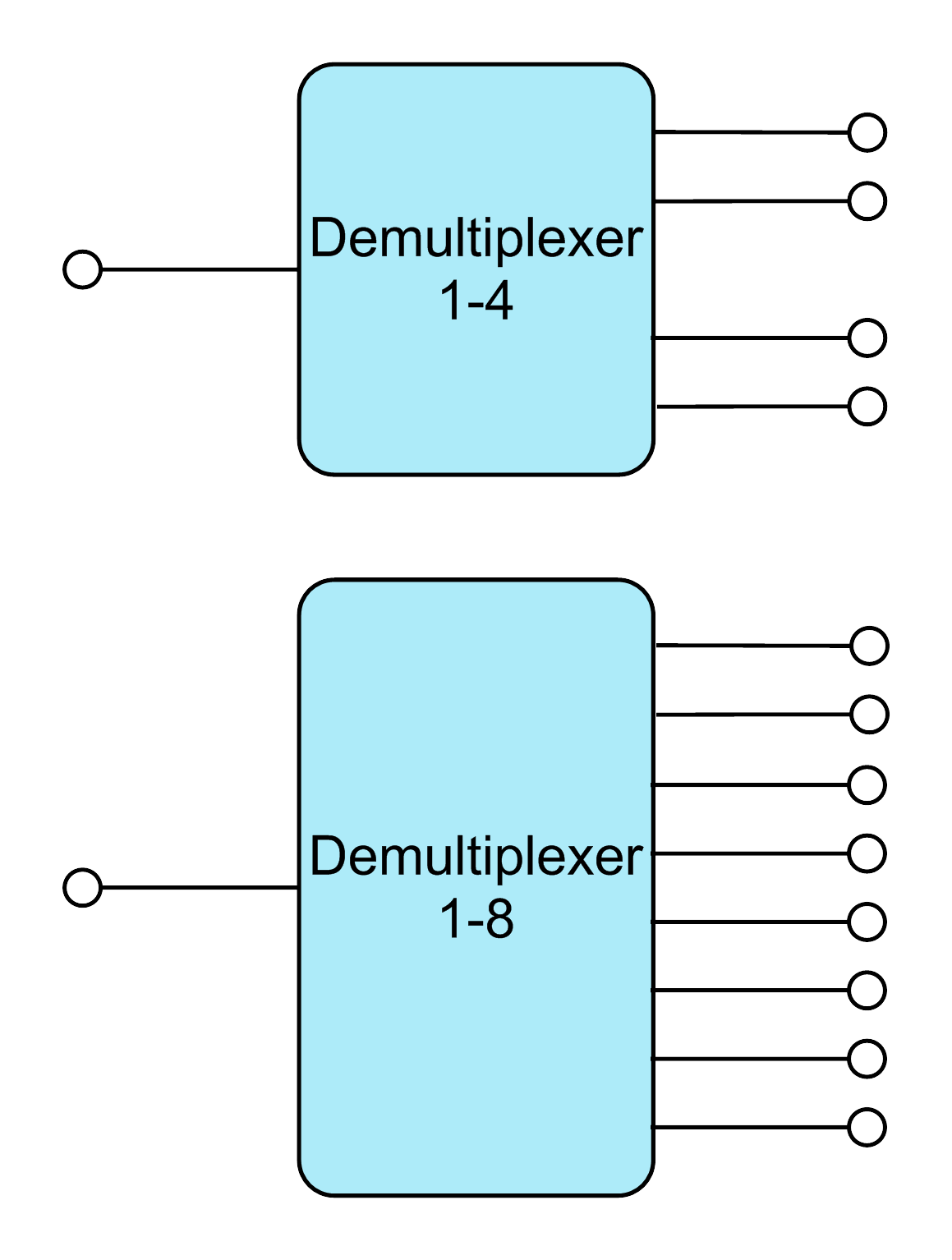
Difference Between Multiplexing Demultiplexing Ahirlabs

Multiplexing And Demultiplexing In Transport Layer Electronics Post

07 Transport Layer Multiplexing And Demultiplexing Part 6 Computer Networks For All

Multiplexing And Demultiplexing Ppt Download
Multiplexing And Demultiplexing What Are They And Their Differences
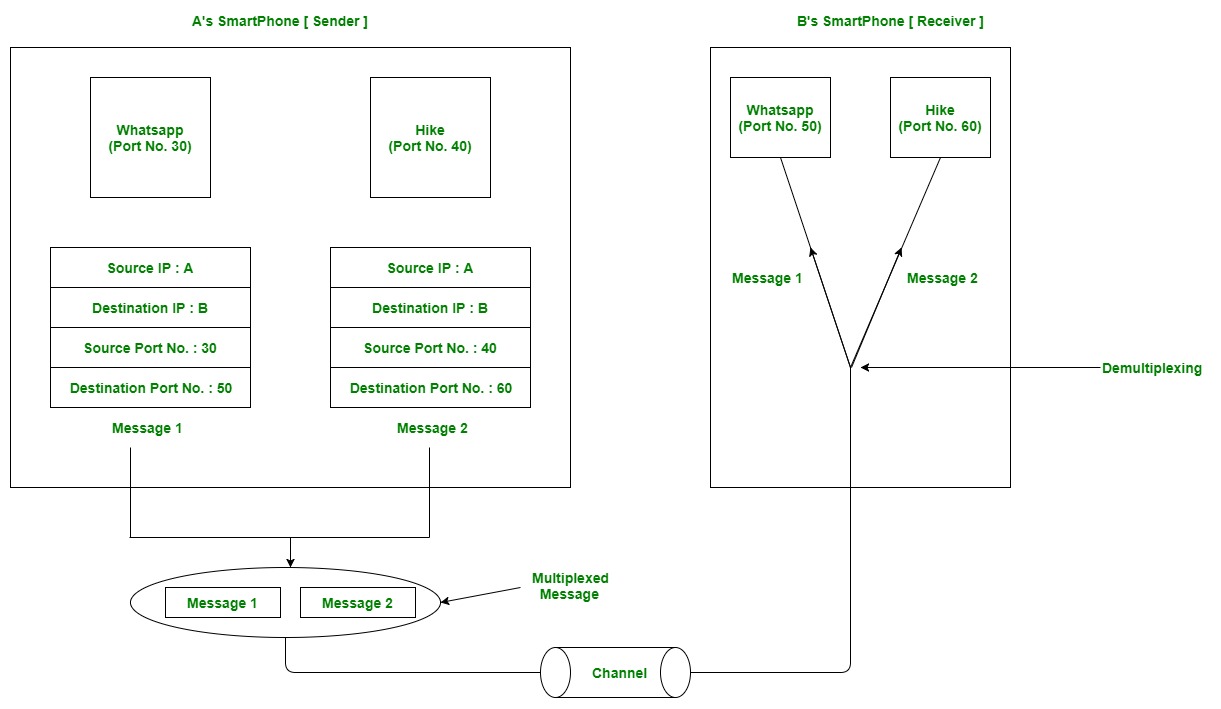
Multiplexing And Demultiplexing In Transport Layer Geeksforgeeks

Brief Overview Of Multiplexing Data Communication And Computer Networks Lecture Slides Docsity
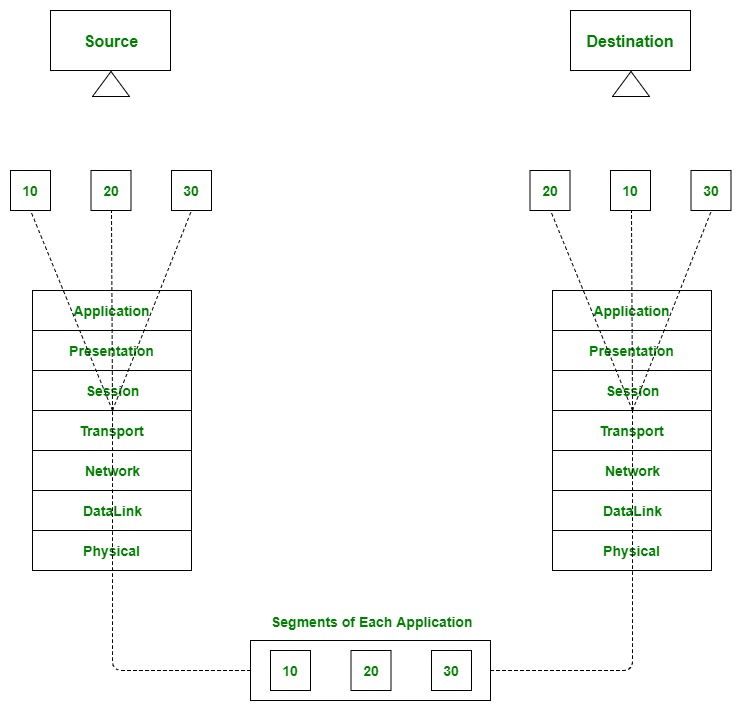
Multiplexing And Demultiplexing In Transport Layer Geeksforgeeks
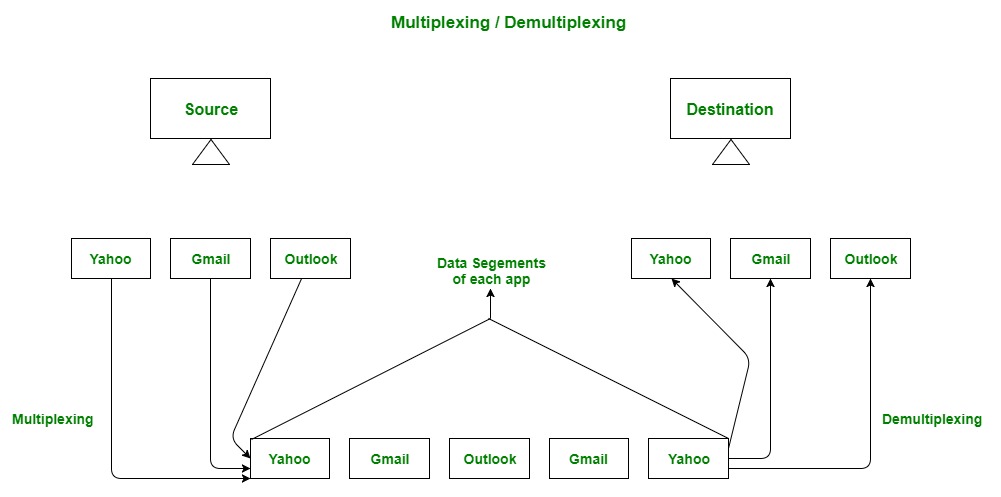
Multiplexing And Demultiplexing In Transport Layer Geeksforgeeks
No comments for "Difference Between Multiplexing and Demultiplexing in Computer Networks"
Post a Comment